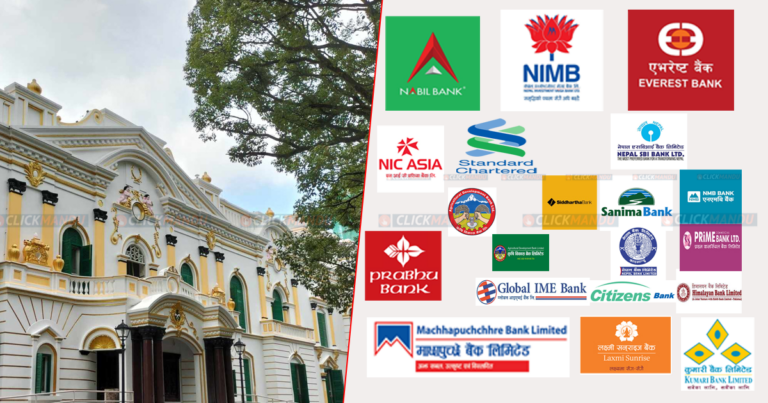Kathmandu: Despite interest rates falling to their lowest point in a decade, credit expansion failed to meet the monetary policy target in the last fiscal year, according to Nepal Rastra Bank (NRB) data.
The central bank had projected a 12.5 percent growth in lending, but actual growth fell short.
At the end of FY 2081 (mid-July 2024), the weighted average interest rate on loans was 9.93 percent. By the end of FY 2082 (mid-July 2025), it had declined to 7.85 percent. Although borrowing costs reached historic lows, credit demand did not pick up.
After COVID-19, heavy credit expansion in FY 2020/21 and 2021/22 drove imports up, creating external imbalances. To address this, the government and NRB adopted tighter monetary policies.
The pandemic’s aftershocks, global supply chain disruptions, and NRB’s sudden policy tightening led to sluggish economic activity. While authorities tried to enforce discipline in lending, economic slowdown has persisted for the past three years.
Weak government capital spending and limited private sector investment in new ventures have further fueled excess liquidity in banks. Nepal’s balance of payments surplus has remained high, with foreign exchange reserves climbing to nearly Rs 27 trillion.
Credit demand, however, remained subdued. Lending to the private sector rose only 8.4 percent (Rs 423.73 billion), compared to the 12.5 percent expansion target. The previous year’s growth had been just 5.8 percent. Meanwhile, broad money supply expanded by 12 percent, matching NRB’s target, largely due to rising remittances.
Despite falling interest rates, banks struggled to attract new borrowers. According to Everest Bank CEO Sudesh Khaling, few new letters of credit (LCs) were opened even for re-export oil imports to India. Hydropower projects also took nearly a year after financial closure to start mobilizing funds.
NRB data shows the cost of funds fell to 4.19 percent by mid-July 2025, from 5.77 percent a year earlier, driving the base rate down from 8 percent to 6.02 percent. Fierce competition among banks further narrowed spread rates, pushing loan rates down faster than deposit costs.
Deposit structures also shifted significantly. The share of savings deposits rose from 30.3 percent to 36.8 percent, while fixed deposits dropped from 56.4 percent to 48.3 percent. As expensive fixed deposits mature, banks expect borrowing costs to decline further, leading to even cheaper loans.
Still, bankers caution that despite the low rates, new borrowing inquiries for major projects remain scarce, highlighting weak investment appetite. Even during the festive season, banks report no significant surge in loan demand.



Comment Here